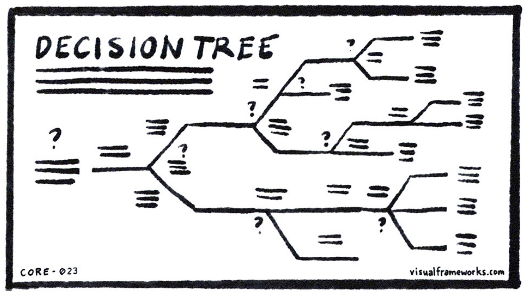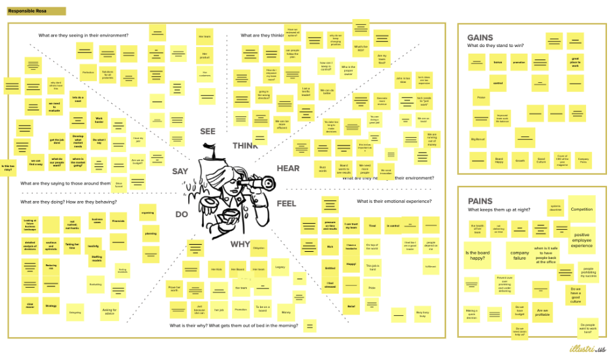Visual Facilitation Modalities: Choosing the Right Tool for the Room
If you’ve ever tried fixing a leaky faucet with a butter knife, you know this: the right tool matters. Facilitation is no different. Not every group needs the same modality or the same marker.
Visual facilitation isn’t just about making meetings look good. It’s about helping people think better together. And different challenges call for different visual tools.
The Big Modalities
Vision Mapping: Perfect when a team needs to define a bold future. This modality turns abstract hopes into a shared picture of what success looks like.
Graphic Histories: These capture the story of how an organization got here, milestones, pivots, victories, and failures. A group can’t plan forward if they don’t share the same past.
Graphic History by Brian Tarallo
Decision Trees & Models: Use these when the group has choices to weigh. A clear visual of options, criteria, and impacts helps teams move from stuck to decided.
David Gray Visual Frameworks
Empathy Maps: Great for customer-centric work. They surface what users think, feel, see, and do. Giving voice to perspectives not in the room.
created byillustri.us
How to Choose the Right One
Ask: What kind of thinking does this group need most right now? Do they need to dream, to remember, to decide, or to empathize? Pick the modality that matches.
Pro Tip: Don’t overload a meeting with too many visuals. One clear modality, done well, is more powerful than five half-baked ones.
Want help picking the right visual tool for your next meeting or retreat? Let’s talk about which modality fits your team best.




